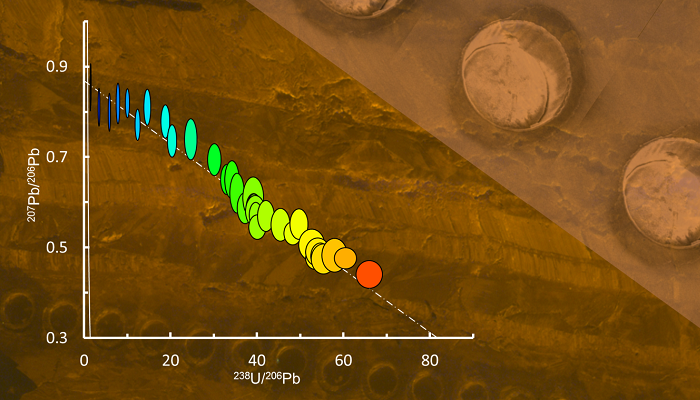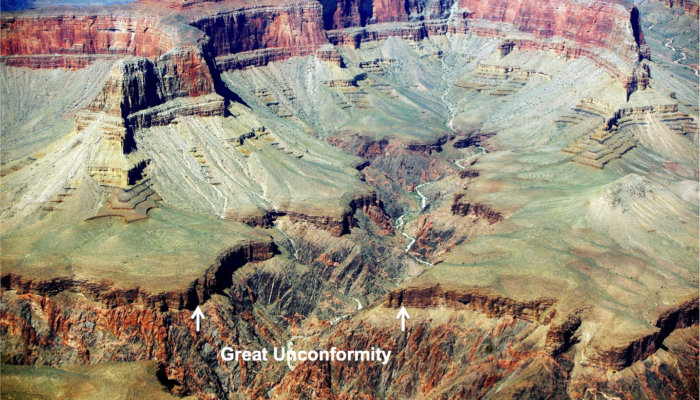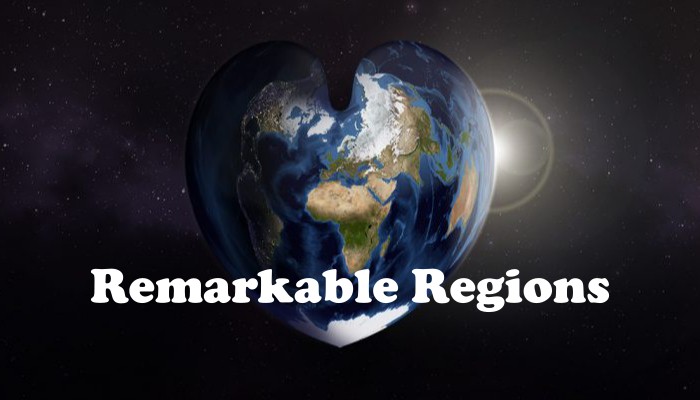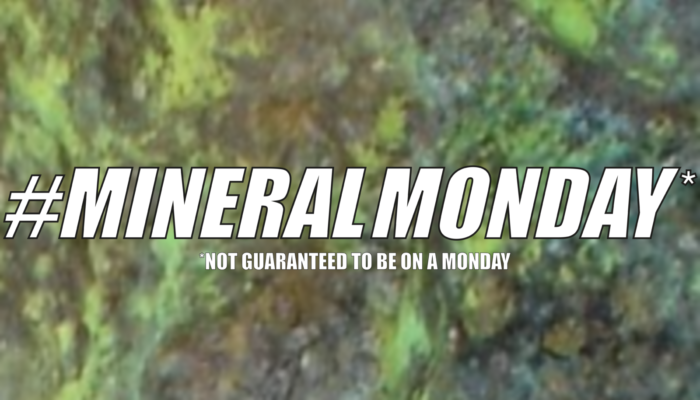If you are experiencing burnout and you’re having difficulty finding your way out, ask for help and seek professional treatment.
Geodynamics
The Sassy Scientist – Pull The Plug, Or Persevere?
Every week, The Sassy Scientist answers a question on geodynamics, related topics, academic life, the universe or anything in between with a healthy dose of sarcasm. Do you have a question for The Sassy Scientist? Submit your question here. Georgia asks: One of my friends recently left the PhD program with some severe emotional and motivational issues. I’m having doubts too. What shall I do? ...[Read More]
Tectonics and Structural Geology
Minds over Methods: Dating deformation with U-Pb carbonate geochronology
For this edition of Minds over Methods, we have invited Nick Roberts, a research scientist at the British Geological Survey, working within the Geochronology and Tracers Facility (GTF) running a LA-ICP-MS laboratory. Nick has a background in ‘hard-rock’ geology, incorporating geochemistry, geochronology, and magmatic and metamorphic petrology across a wide range of tectonic settings, and is now in ...[Read More]
Hydrological Sciences
Gender balance in the HS division- some personal thoughts
Gender balance in the HS division- some personal thoughts On 14 June 2019, there was the Swiss nationwide women strike day, with the main topic of equal pay for equal work (see e.g. here). A good opportunity to share some thoughts about gender balance in the HS division. If you have a look on the HS division composition today, you will see that we have a female president and a female deputy presid ...[Read More]
Geodynamics
What controlled the evolution of Plate Tectonics on Earth?
Plate tectonics is a key geological process on Earth, shaping its surface, and making it unique among the planets in the Solar System. Yet, how plate tectonics emerged and which factors controlled its evolution remain controversial. The recently published paper in Nature by Sobolev and Brown suggests new ideas to solve this problem…. What makes plate tectonics possible on contemporary Earth? It is ...[Read More]
Seismology
Seismology Job Portal
On this page we regularly update open positions in Seismology. Do you have a job on offer? Contact us at ecs-sm@egu.eu
Geodynamics
The Sassy Scientist – Far-field Access
Every week, The Sassy Scientist answers a question on geodynamics, related topics, academic life, the universe or anything in between with a healthy dose of sarcasm. Do you have a question for The Sassy Scientist? Submit your question here. Ali asks: What is the best place to study geodynamics? Dear Ali, In your request you stated that you just finished your PhD; you’re free to go wherever you wan ...[Read More]
Geodynamics
Remarkable Regions – The Réunion Hotspot
This week we again turn our attention to a Remarkable Region that deserves a spot in the scientific limelight. Postdoctoral researcher Eva Bredow of Kiel University shares with us her long history with Réunion Island. At first glance, Réunion is a relatively small tropical island, located between Madagascar and Mauritius, and from my personal experience, most Germans have never even heard of it. T ...[Read More]
Natural Hazards
Hot topic for a hot summer: extreme weather and climate events in the ANYWHERE project – A Pan-European Platform for Multi-Hazard Early Warning and associated Impacts
In this post, I have the pleasure to interview Dr.ir. Henny A.J. van Lanen. He is Associate Professor in the Hydrology & Quantitative Water Management Group of Wageningen University and he has been involved in several EU projects. Further, he is involved in many international groups or networks: Coordinator of the European FRIEND programme (EURO-FRIEND Water, Flow Regimes from International Ex ...[Read More]
Geochemistry, Mineralogy, Petrology & Volcanology
#mineralmonday : sengierite
#mineralmonday: your weekly* dose of obscure mineralogy, every Monday** [*not guaranteed; **or possibly Tuesday-Sunday] What is it? Sengierite: Cu2(UO2)2V2O8.6(H2O) What’s it made of? A few useful metals – copper (Cu), vanadium (V), uranium (U), plus oxygen (O) and water (H2O). So by ‘useful’ you mean ‘radioactive’? Pretty much. The main reason people have been ...[Read More]









